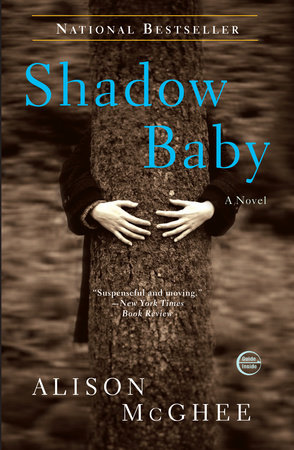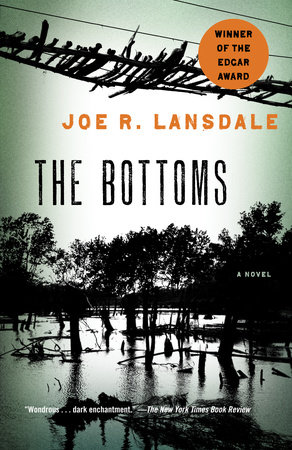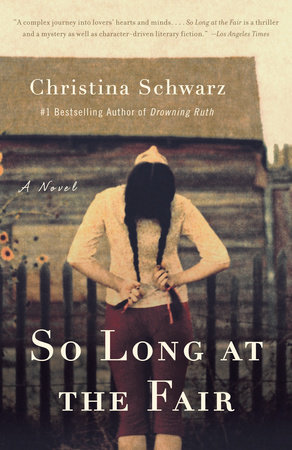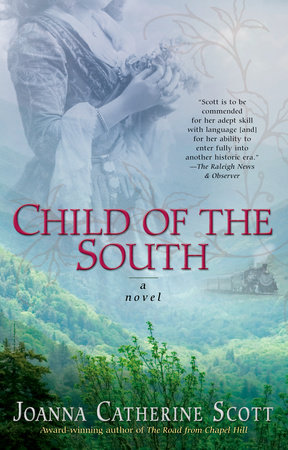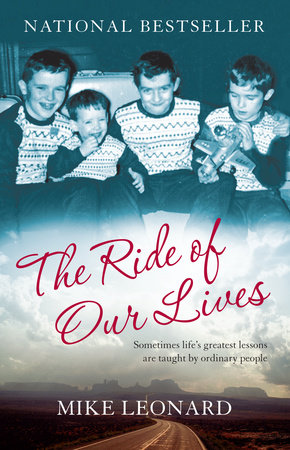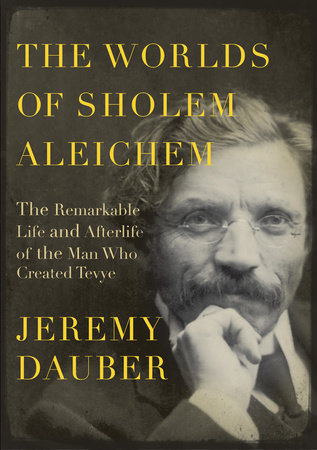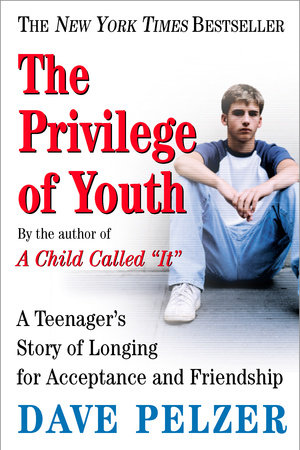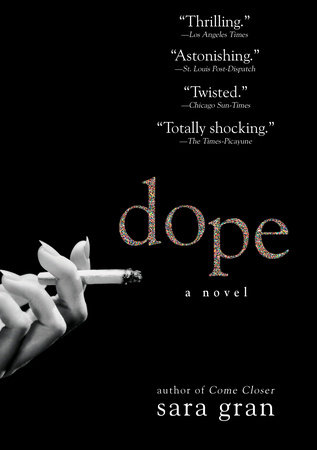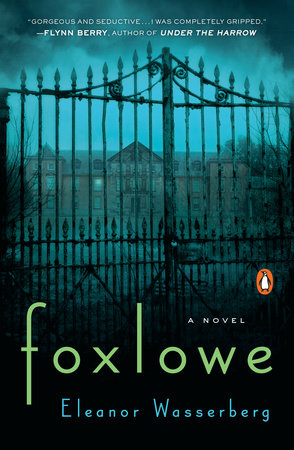1. What brought you to this story of a family torn apart by a violent act?
My mind often seeks symbols in order to deal with that which troubles it most, and the family torn apart by violence seemed like a perfect microcosm for the experience of Muslim Arab Americans post–9/11. Because I came to the United States shortly before 9/11, I witnessed the painful backlash that many Muslims suffered from after this heinous terrorist attack, and I became deeply interested in how this backlash has often caused Arab Americans and Muslims to contemplate their own role in this event. I know that while most felt victimized by the hostility aimed at them in retaliation for something they neither caused nor approved of, many others started questioning if there was anything we, the peaceful Muslims, could have done to prevent such an outcome or should now do to help stop the spread of extremism. That kind of self-examination sparked my interest in this story depicting a family that is forced to deal with tragedy in a similarly public way.
2. The experience of coming to America from Egypt echoes through the ways the different family members cope with loss. As the author, what did you hope to capture in these varying perspectives? What did you most want to get right?
I’m always most concerned with authenticity: I wanted to make sure I presented the influence of immigration on the different family members in an honest way, even if this did not reflect the ideal that first-generation immigrants like me often hope for. This particularly applied to the younger generation’s relationship both to its old culture and to the parents and grandparents who still live by the rules of that culture. While most parents will attest to the wonder of seeing their children grow into their own distinctive selves, the experience of immigrants magnifies this situation. In addition to developing their own personalities, the children of immigrants also diverge from their parents in cultural and linguistic aspects that often widen the gap between the generations. At a time of tragedy or distress such as the time the novel presents, these differences will ultimately influence how the younger and older generations cope, and those varying coping mechanisms will, in turn, put further strain on their relationships. I wanted to make sure I got that right, because any attempt at softening such differences would have made the characters seem contrived and unrealistic and would have simplified their struggles.
3. This book is very much situated in a post–9/11 world. How might the story have been different if it was set before 2001?
Unfortunately, the post 9/11 world is one where Islam is often associated with violence. Pre–9/11, a story such as this one would have been tragic, of course, but I doubt people would have jumped to the conclusion that Hosaam’s actions were a predictable result of his ethnicity or religion. Today, any such violence committed by a Muslim is almost always blamed on the perpetrator’s religion. While extremists certainly try to present their violence as religiously justified, I have always believed that people who deliberately kill other people do not become violent because of their religion; they are inherently violent and just use their religion (or politics, or ideology) to justify their crimes. It therefore pains me to see how often people fall back on stereotyping when discussing violent acts. How many times have we witnessed news anchors, analysts, or even people we know and love claim that a certain act of violence was predictable because of the perpetrator’s race, ethnicity, skin color, or religion? On some level, I understand the drive to do so—it makes people feel better because it separates them from the violent person by underscoring his position as an “other” who belongs to a “different” group of people. In the post–9/11 world, Muslims are the ones seen as most “different” and, in particular, violent. We are now similar to the post–WWII Germans or the Cold War–era Russians—the villains in every action movie, the ones everyone is afraid of. This position, and the assumption of guilt that comes with it, makes the trials of the Al-Menshawys harder than they would have been had they belonged to a different race and religion—or had the novel been set before 9/11.
4. Not much attention is overtly paid to Hosaam’s mental health—instead, his family seems to blame other factors for what’s happened. Can you talk about your decision to leave it out of the discussion?
I made a conscious, deliberate decision to spend as little time as possible focusing on Hosaam’s mental health, motivations, or on the troubles that led to his act of violence. I had two reasons for doing so. The first had to do with my sense of who the protagonists of this story truly were. Just like Khaled always resented Hosaam’s control over his life, I, too, didn’t want Hosaam to appropriate a story that belonged to his family. I felt—a bit harshly, perhaps—that he had escaped the consequences of killing Natalie and had left his family to suffer the backlash of his crime, and I thought that, in doing so, he had relinquished his right to be the center of this story. I was more concerned with how his actions affected his family than with why he had committed them in the first place, and I wanted to maintain this focus. The second and more important reason had to do with my gripping sense of the finality of the violent death Hosaam chose for himself as well as for Natalie. This kind of violence never truly affords closure for those left behind. I do not believe the families of those who either kill themselves or, like Hosaam, decide to take other innocent lives with them ever come to a full understanding of what truly motivated their loved ones to commit something so horrendous. I believe that living with those unanswered questions is, perhaps, one of the heaviest burdens those families bear, and I wanted the reader to share in this experience by leaving some of the questions unanswered for him or her, too. I wanted the reader to experience the struggle of not knowing, just like Hosaam’s family doesn’t know.
5. Both of the family’s surviving children react quite differently to Hosaam’s death, but Khaled seems to take it much harder. Can you talk about your decision to focus on Khaled’s journey instead of Fatima’s?
Khaled is the one people will more readily identify with Hosaam. He is the brother of a young man who committed an atrocious act and would therefore face different kinds of challenges than his sister would. Externally, those challenges will stem from how people would fear him—they would suspect him of having the same violent tendencies his brother did. This is the kind of treatment male Arabs got after 9/11. My husband, a doctor who at the time was in his early thirties, experienced the shift in scrutiny in airports, for example, much more visibly than I ever did—it’s a simple matter of gender preconceptions, of assuming that males are more likely to be violent than females. Khaled would also suffer an ironically similar internal struggle: the fear that whatever unhinged his brother was lurking in his own DNA, waiting to strike. This, again, is a fear that Fatima would most likely not experience. So Fatima would have little reason to fear that she would, one day, pose a threat to her future spouse (a gender issue, again), whereas Khaled already fears for Brittany, sometimes wondering if whatever demons caused his brother’s love for Natalie to take such a violent turn may one day haunt him, as well. So I chose Khaled because I felt he would embody the survivor’s struggles more acutely.
6. How did your characters evolve over the course of writing this novel? How did they surprise you?
My characters evolved considerably over the multiple drafts of this novel. I think characters have this in common with plot: they reveal more about themselves with every new revision. Understandably, this is a process of discovery, which means that the characters I know the least about when I start out end up evolving the most, whereas the characters I know quite well at the beginning remain relatively static. In this novel, Ehsan, for example, did not evolve much because I knew exactly who she was and what her role would be. On the opposite side of that spectrum stand both Khaled and his mother. Of all the characters, those two changed the most and, in doing so, often surprised me, as well. When I first started, I thought Khaled would be more fed up than anything else—I imagined him angry with his father and with society for comparing him to his brother and determined to distance himself from both. I was pleasantly surprised to see his character develop into one that actually sought connections rather than severed them: he repeatedly reached out to Brittany, and he truly cared about his entire family and, in particular, about his grandmother. So he didn’t end up being defined by his status as the typical rebellious teenager I first thought he would be. His mother, Nagla, had an equally interesting trajectory: she started out passively wallowing in grief, and then, slowly but surely, developed a kind of inquisitive and introspective quality that I had not first imagined. That, too, was a development I had not foreseen.
7. Inevitably, in an immigrant story, generations will clash over ideals and social norms. How do you make this struggle feel new to readers?
I think the key here is to balance the unexpected with the familiar. On one hand, the reader may come to the novel with preconceived ideas about what Muslim kids would probably clash with their parents over, and I think it’s always refreshing to avoid conforming to the stereotype when presenting this clash. For example, I don’t think many readers will expect to see young Muslim girls embracing the idea of the head cover in defiance of their parents, like Fatima does, though I know that this is often the case in real life. I’m particularly disinclined to try to win over the readers by presenting the parents as “others” who embrace crazy ideas while presenting the kids as victims who want nothing other than to be good, normal Americans. Any presentation that easily separates characters into “us” versus “them” is, in my opinion, too simplistic. So one way to make this struggle new is to stay true to the Arab and Muslim culture while veering away from the stereotype. But at the same time I think it’s important to balance that with the familiar, because that is when we all recognize our shared humanity. Teenagers are the same everywhere, and when stripped of decorations, their struggles are also the same. So while Khaled and Fatima’s struggles with their parents are often cast in a cultural light that Western readers will not identify with, those struggles still represent the typical identity issues all teenagers of all cultures, religions, and ethnicities grapple with. So I strove to present those struggles in two apparently conflicting lights—the familiar and the unexpected—and hoped that the combination of these two aspects will, in the end, make my presentation of the generational struggles feel new and interesting to readers.
8. The specifics of Hosaam’s death are not revealed until midway through the book, making it something of a mystery. Why did you choose to shape the narrative in this way?
I wanted to delay the revelations of the specifics of Hosaam’s death as much as possible for one main reason: I was curious to see whether the reader will make assumptions in regard to the death, and whether these assumption will be influenced by stereotypes about Muslims and violence. In short, I wanted to see if the reader would automatically assume that Hosaam’s violent crime was either culturally or religiously motivated. I will confess to hoping that the reader would actually think so and would, as a result, question his or her own inclination to make such an assumption based solely on Hosaam’s religion and ethnicity.
Also, in terms of structure, I though it would be more fun to keep the reader guessing for some time, just to add a level of suspense. Since this is mainly a character-driven narrative, there are no great mysteries or huge reveals to build up to, but I thought that leaving a few details untold and revealing them in time would, hopefully, make the reading experience more enjoyable and interesting.
9. The guilt and hurt the family feels—not to mention the public shaming they must endure—seem almost insurmountable. How can survivor families find their way back after this sort of tragedy?
The only way I can offer some advice on this is by returning to my belief that the particular experience of the Al-Menshawys mirrors the state of most Muslim Arab Americans after 9/11. As a part of this community that has been grappling with similar questions for over a decade now, my sense is that some tragedies do, indeed, leave insurmountable pain in their wake, and that one way to deal with that is not to strive to heal fully from that pain, but rather to learn to live with it, to accept it, and to focus on those aspects of one’s identity that this tragedy has not fully contaminated. I don’t think anyone who suffers such a horrific loss as the one the Al-Menshawys faced can ever be fully healed. But I do believe, truly and honestly, that life can go on even for those who have been so painfully scarred. And I think realizing that—embracing that final stage of grief generally referred to as acceptance—is the key to finding the way back.
10. This book is your very auspicious debut. What can we expect from you in the future?
I’m currently working on a novel set partly in Egypt and partly in the United States. The novel takes place in the years following the 2011 Egyptian revolution, and it follows the paths of three vastly different characters as their stories intertwine and finally merge. After focusing so closely on members of the same family in In the Language of Miracles, I love the larger scope the new novel gives me as I now jump back and forth between different stories and gradually lead them toward the point of intersection. I hesitate to discuss any project in progress in detail, but I will leave you with this: there is a mysterious disappearance, a marriage on the brink, and a young man yielding the destructive power of one who has lost all hope. It’s a complex, intimate, and exhilarating story. I’m enjoying every moment of writing it, and I hope readers will enjoy it, too.






